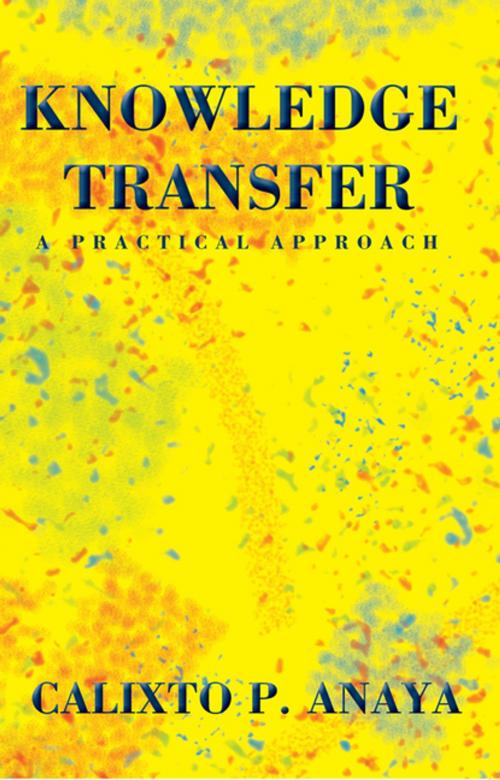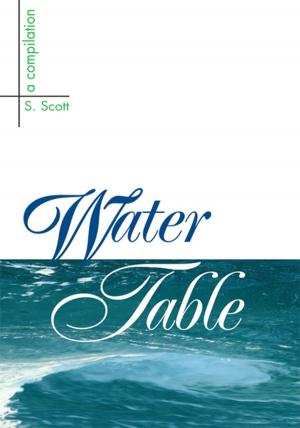| Author: | Calixto P. Anaya | ISBN: | 9781479700851 |
| Publisher: | Xlibris US | Publication: | September 19, 2012 |
| Imprint: | Xlibris US | Language: | English |
| Author: | Calixto P. Anaya |
| ISBN: | 9781479700851 |
| Publisher: | Xlibris US |
| Publication: | September 19, 2012 |
| Imprint: | Xlibris US |
| Language: | English |
Your companys Intellectual capital is the unique knowledge and skills your senior employees have gained through many years of experience. This intellectual capital will begin to dissipate as senior experienced employees retire or resign. The question you may want to ask is how can you capture, transfer, and preserve your companys intellectual capital before your senior experienced employees retire. Today, many companies are implementing ways to capture and transfer the skills and knowledge gained by senior employees to younger employees. Without a process in place, younger employee will take longer to competently perform the job left vacant by the retiring experienced employees. Without adequate knowledge capture and transfer between employee generations, companies experience depletion in intellectual capital and knowledge assets. This book describes a Knowledge Transfer (KT) Program that incorporates training and development strategies I have used throughout my professional career as an Instructional System Development (ISD) practitioner. The strategies embedded in the knowledge transfer program, when implemented as designed, will enable your company to transfer the knowledge & skills of your senior employees to the next generation of junior employees in four years. Once you achieve the KT Program goals, you can suspend the program if existing programs are able to maintain the achieved employee competence levels. If it is evident that existing programs will not be able to maintain the employee competence levels, I recommend that you integrate KT Program components describe in the book into existing programs. The processes, procedures, and tools describe in this book have been proven to work through extensive use in actual knowledge transfer situations involving industrial and professional disciplines. The processes, procedures, and tools are highly user friendly, utilize current word processing technologies, and can be easily integrated into existing automated processes if so desired.
Your companys Intellectual capital is the unique knowledge and skills your senior employees have gained through many years of experience. This intellectual capital will begin to dissipate as senior experienced employees retire or resign. The question you may want to ask is how can you capture, transfer, and preserve your companys intellectual capital before your senior experienced employees retire. Today, many companies are implementing ways to capture and transfer the skills and knowledge gained by senior employees to younger employees. Without a process in place, younger employee will take longer to competently perform the job left vacant by the retiring experienced employees. Without adequate knowledge capture and transfer between employee generations, companies experience depletion in intellectual capital and knowledge assets. This book describes a Knowledge Transfer (KT) Program that incorporates training and development strategies I have used throughout my professional career as an Instructional System Development (ISD) practitioner. The strategies embedded in the knowledge transfer program, when implemented as designed, will enable your company to transfer the knowledge & skills of your senior employees to the next generation of junior employees in four years. Once you achieve the KT Program goals, you can suspend the program if existing programs are able to maintain the achieved employee competence levels. If it is evident that existing programs will not be able to maintain the employee competence levels, I recommend that you integrate KT Program components describe in the book into existing programs. The processes, procedures, and tools describe in this book have been proven to work through extensive use in actual knowledge transfer situations involving industrial and professional disciplines. The processes, procedures, and tools are highly user friendly, utilize current word processing technologies, and can be easily integrated into existing automated processes if so desired.















